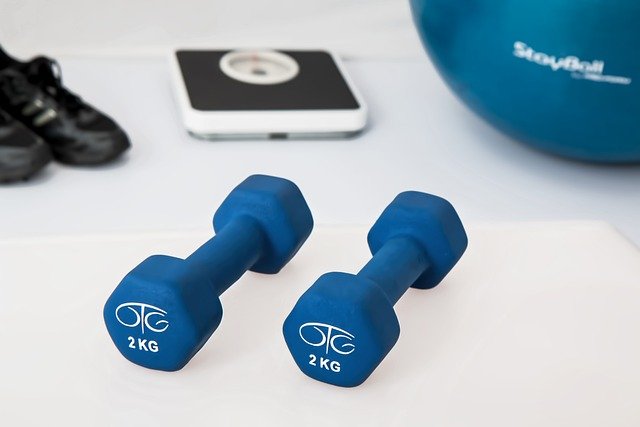Environmental Factors That Impact Athletic Achievement
Athletic performance extends far beyond individual talent and training regimens. Environmental conditions play a crucial role in determining how well athletes perform during competition and training sessions. From altitude and temperature to air quality and humidity, these external factors can significantly influence an athlete's physiology, psychology, and overall competitive outcomes. Understanding these environmental variables helps athletes, coaches, and sports scientists develop better preparation strategies and adaptation techniques for optimal performance across diverse conditions.

How Altitude Affects Athletic Performance and Physiology
Altitude presents one of the most significant environmental challenges for athletic performance. At elevations above 8,000 feet, reduced oxygen availability forces the body’s physiology to adapt through increased red blood cell production and enhanced oxygen-carrying capacity. Endurance athletes often experience decreased performance initially, with cardiovascular systems working harder to deliver adequate oxygen to muscles during competition. However, proper acclimatization through systematic training at altitude can lead to improved performance when returning to sea level, making altitude training a valuable conditioning strategy for many sports.
Temperature and Humidity Impact on Athletic Conditioning
Extreme temperatures significantly affect athletic performance through their influence on thermoregulation and energy expenditure. Hot, humid conditions impair the body’s ability to cool through sweating, leading to increased core temperature and potential heat-related performance decline. Cold environments present different challenges, requiring additional energy for maintaining body temperature while potentially reducing muscle flexibility and reaction times. Athletes must develop specific preparation techniques and adaptation strategies to maintain optimal performance across varying thermal conditions during training and competition.
Air Quality Effects on Respiratory Function and Endurance
Air pollution and poor air quality directly impact respiratory function and cardiovascular performance during athletic activities. Particulate matter, ozone, and other pollutants can reduce lung capacity and oxygen uptake efficiency, particularly affecting endurance-based sports. Athletes training in urban environments or areas with industrial pollution may experience decreased performance and longer recovery times. Understanding local air quality conditions becomes essential for scheduling training sessions and implementing protective strategies to minimize exposure during critical preparation periods.
Wind Conditions and Their Role in Athletic Strategy
Wind patterns significantly influence performance in outdoor sports, requiring athletes to adjust their technique and strategy accordingly. Headwinds increase resistance and energy expenditure, while tailwinds can enhance speed but may affect balance and control. Crosswinds present unique challenges for sports involving projectiles or precise movements, demanding specialized biomechanics training and tactical adaptation. Athletes must develop skills to read wind conditions and modify their approach during competition to optimize performance outcomes.
Surface Conditions and Equipment Optimization
Playing surface characteristics dramatically affect athletic performance through their impact on traction, energy return, and injury risk. Different surfaces require specific footwear, technique modifications, and movement patterns to maximize efficiency and safety. Wet conditions alter surface properties, demanding enhanced balance and modified strategies. Athletes must understand how various surface conditions interact with their equipment choices and movement biomechanics to maintain consistent performance across different venues and weather conditions.
Psychological Adaptation to Environmental Challenges
Environmental factors significantly influence athletic psychology and mental preparation strategies. Unfamiliar conditions can create anxiety and disrupt established routines, while extreme environments may challenge confidence and focus. Successful athletes develop mental conditioning techniques to maintain optimal psychology regardless of environmental variables. This includes visualization training for various conditions, stress management strategies, and building confidence through systematic exposure to challenging environments during preparation phases.
Recovery and Nutrition Considerations in Different Environments
Environmental conditions directly impact recovery processes and nutritional requirements for optimal athletic performance. Hot climates increase fluid and electrolyte needs, while cold environments may require additional caloric intake for thermoregulation. Altitude affects sleep quality and recovery patterns, requiring modified rest and nutrition strategies. Athletes must adjust their recovery protocols and nutritional planning based on environmental conditions to maintain consistent training quality and competitive readiness throughout different seasons and locations.
Environmental factors represent a complex web of variables that significantly influence athletic achievement across all sports disciplines. Success requires comprehensive understanding of how these conditions affect physiology, biomechanics, and psychology, combined with systematic preparation strategies. Athletes who master environmental adaptation gain competitive advantages through improved performance consistency and enhanced ability to excel under challenging conditions. This scientific approach to environmental preparation continues evolving as sports science advances our understanding of human performance optimization.






